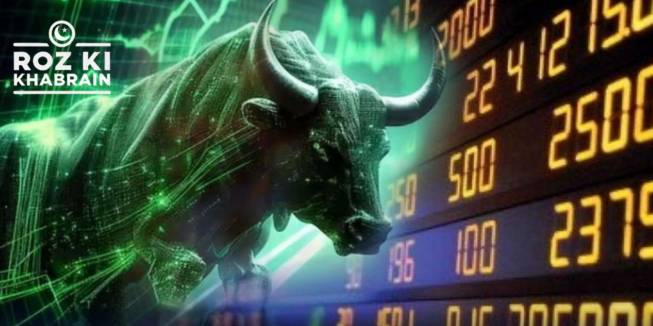BRICS Summit Signals Major Shift in Global Economic Power
With a significant increase in its membership and a growing influence on the global stage, BRICS now represents almost half of the world’s population and more than a quarter of the global GDP.
Since its expansion in 2023, this summit stands as a pivotal moment for BRICS, with key discussions focusing on reducing dependence on the US dollar and the SWIFT payment system.
However, tensions continue among member nations, particularly between India and China, whose relations remain strained. Additionally, regional rivalries between Iran and Saudi Arabia, along with disputes involving new members Egypt and Ethiopia, highlight the divisions within the bloc. As BRICS aims for de-dollarisation, a critical question emerges: how effectively can it manage these internal conflicts?
A central item on the summit’s agenda is the proposal of an alternative to the SWIFT international payment system. While the BRICS nations may not yet be in a position to directly challenge the International Monetary Fund or fully achieve de-dollarisation, their increasing political, economic, and diplomatic clout is becoming more apparent.
The summit has already seen several diplomatic breakthroughs. Turkey, a NATO member, has shown interest in joining BRICS, while Pakistan’s Finance Minister Muhammad Aurangzeb expressed a strong desire for Pakistan’s membership. Russian President Vladimir Putin also announced that over 30 countries have applied to join BRICS, with 13 officially declaring partnerships.
Additionally, the summit provided an opportunity for India and China to pursue reconciliation, as both countries agreed to military disengagement at their disputed border.




